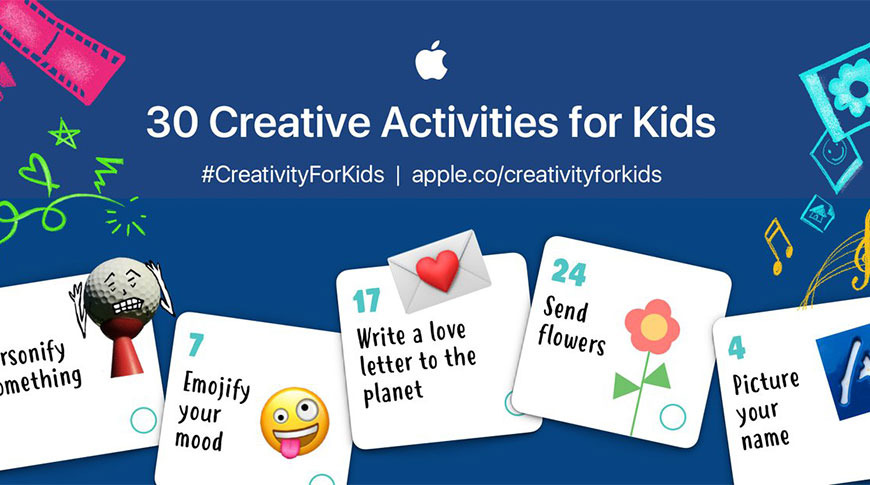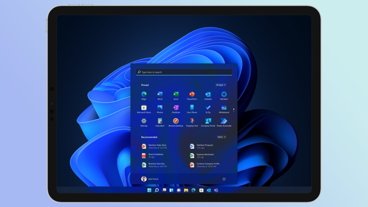With many children out of school due to the COVID-19 pandemic, Apple on Thursday published a collection of 30 educational activities that leverage iOS technologies to teach young learners a range of useful lessons.
Aptly dubbed "30 Creative Activities for Kids," the program is designed to foster and support at-home learning for children ages 4 through 8 years old, or pre-kindergarten to second grade.
Apple relies on iPad's — or iPhone's — built-in technologies to guide kids through a series of challenges like capturing a time-lapse video, creating a comic strip, making cards and more. Along with projects that yield tangible results are esoteric thinking puzzles, like writing sentences and phrases using emoji characters.
Many activities tap into iPad's camera and first-party apps. For example, Apple suggests making a simple storybook by adding photos and video to a template in Pages, writing captions and decorating each page with drawings.
Other projects involve recording audio messages with the Voice Memos app and sharing them via Messages or Mail, using the audio recorder in Garage Band to practice skip counting, creating a photo walk with Keynote and asking Siri to tell a joke.
"We know parents out there are juggling a lot in this challenging time. Apple's education team has some fun ways to keep kids everywhere creating," CEO Tim Cook said in a tweet.
For more fun activities, Apple points parents to its "Everyone Can Create Teacher Guide for Early Learners" e-book, available for free on Apple Books.
Today's activities list follows the March release of the Apple Education Learning Series, a collection of videos that helps educators facilitate remote learning with Apple devices.
 AppleInsider Staff
AppleInsider Staff








 Malcolm Owen
Malcolm Owen
 Mike Wuerthele
Mike Wuerthele
 Andrew Orr
Andrew Orr
 Andrew O'Hara
Andrew O'Hara

 William Gallagher
William Gallagher

 Christine McKee
Christine McKee




-m.jpg)



7 Comments
Would be a good time to learn coding from home too.
Perhaps more significantly, Apple is helping strapped New York switch to online learning. As reported by CNBC on April 5th:
“Even if you have a computer at home, you might have three siblings and you’re going to end up vying for that computer at some point,” Willie said. When his school surveyed students, 85% said they had a computer at home but almost 70% said they would still like to sign out a computer if given the opportunity.